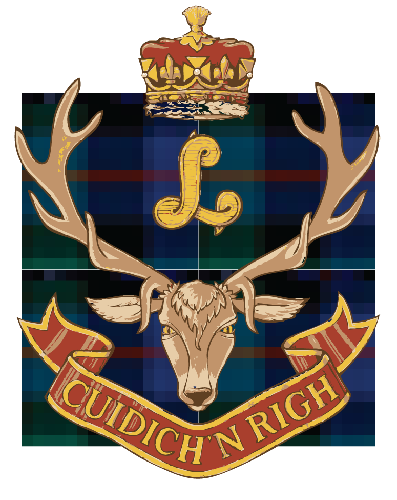Granddaughter helps rediscover lost war hero George Soles
Published on: April 2, 2017 | Last Updated: April 2, 2017 3:06 PM PDT
The story of First World War hero George Soles, the Seaforth Highlanders’ most decorated soldier, has been lost and forgotten for most of the last 100 years.
It took his granddaughter, Carol Madill of Langley, to bring his memory to life again and now Soles’ long-forgotten Distinguished Conduct Medals, three of them, have been put on display at the regiment’s Burrard St. armoury.
Madill never had much interest in war and was “completely unaware” of her grandfather’s military career until a few years ago.
“They say he wasn’t one to be telling everybody what he’d done,” said Madill, who was born after Soles died in 1945. “I had no clue. My daughter googled his name for a history project and that’s when I found out what a war hero he was.”
The Highlanders already knew about their most decorated soldier — Soles won three DCMs for conspicuous gallantry in the field, the most ever won by a Canadian.
His story has been brought to life in a three-panel display at the Seaforth’s armoury. The medals are on display and the exhibit will be open to the public later this year. To find out more, go to seaforthhighlanders.ca.
The regiment lost track of Soles after the First World War when he returned home wounded and then left the city to become a farmer in Alberta.
Museum director Rod Hoffmeister said all contact with the family was lost until Madill and her elderly mother, Grace Madill of Victoria, approached him out of the blue three years ago.
Hoffmeister, son of Second World War Major General Bert Hoffmeister, said the regiment is “thrilled” to get the medals — they are actually a medal and two bars — but even more excited to reprise his worthwhile and amazing story.
Soles’ singular military action at Cambrai in 1918 qualified him for his third DCM of the war.
With only 16 men left in his company, he led the defence of a small valley for more than two hours, but was shot in the head and lost consciousness. Upon coming to, he went for help, directing mortar fire onto enemy positions.
On his way to get medical attention, he “caught a sentry napping” above a deep enemy dugout and ended up capturing 43 enemy soldiers single-handedly, after threatening them with a boxful of their own grenades.
Cambrai is described in Soles’ journal as “the worst (action) I saw during my 30 months in France.”
The DCM was instituted by Queen Victoria in 1854 for gallantry on the field of battle. About 25,000 were awarded during the First World War, but only three soldiers in the British Empire have won it three times, including Soles. The medal was discontinued in the 1990s.
Soles married after the war and had four children. He served with distinction as a British Columbia policeman, and was presented to King George VI and the Queen during a royal visit in 1939.
When the king made reference to dangers Soles faced during the war, he replied: “Why, it was no more dangerous than big game hunting in northern British Columbia.”
Madill will make the trip to Vimy Ridge for commemoration ceremonies on April 9.
“It will be overwhelming. To think my grandfather was actually there. I’ve been told to take lots of Kleenex,” she said.


